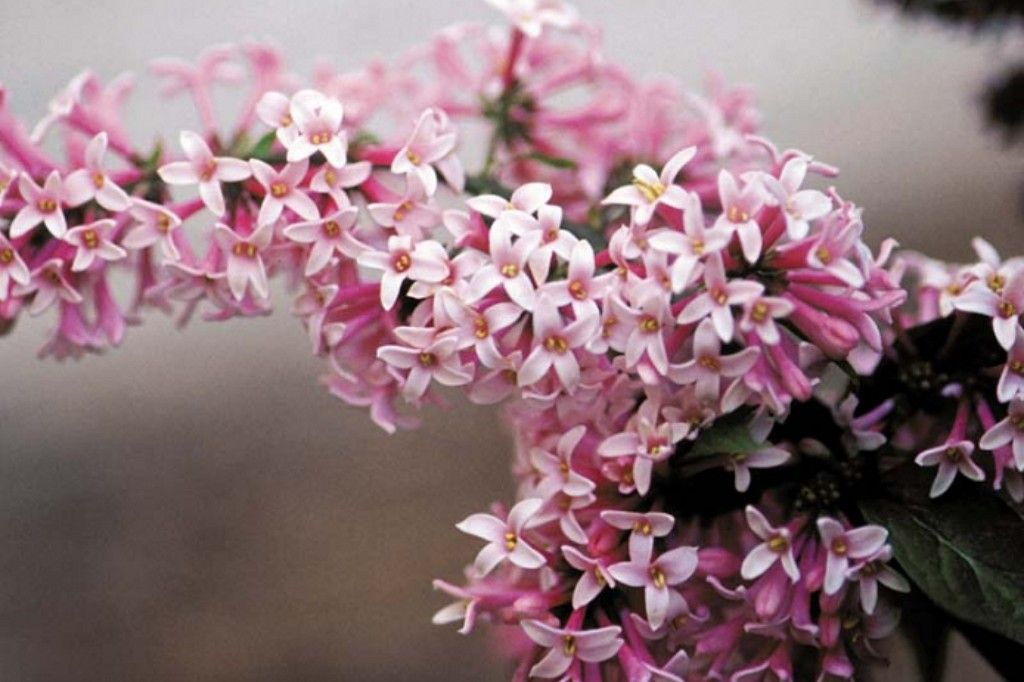Lilacs are found in most parts of the Northern Hemisphere and yet they originated in quite limited parts of Eastern Europe and Asia. There is also a Persian lilac that seems to have come originally from China.
Lilacs actually belong to the Olive family, Oleaceae, and frequent lilac crosses have given us the many lovely varieties of these fragrant flowers that are available today.
Many of our best lilacs resulted from the work of Isabella Preston, born in England in 1881. She emigrated to Canada and spent her career hybridizing plants. After World War II, she named some of her lily cultivars ‘Hurricane’ and ‘Spitfire’, and she used the names of Canadian lakes for the 15 flowering crabapples that she developed.
The lilacs she developed, now called the Preston lilacs after her, she named after Shakespearian characters, for example, "Juliet," "Viola," and "Miranda." It was not until after her death, however, that one of her late-blooming lilac hybrids was named after Isabella Preston herself, Syringa x prestoniae.
The wonderful scent of lilacs and their longevity are their most significant features. On Mackinac Island in Michigan there are lilacs that are reputedly 350 years old. Apparently French Jesuit missionaries planted them long ago, and yet the bushes still remain sturdy today and their perfume is as sweet and memorable as ever.
This is Moya Andrews, and today we focused on long-lived lilacs.










